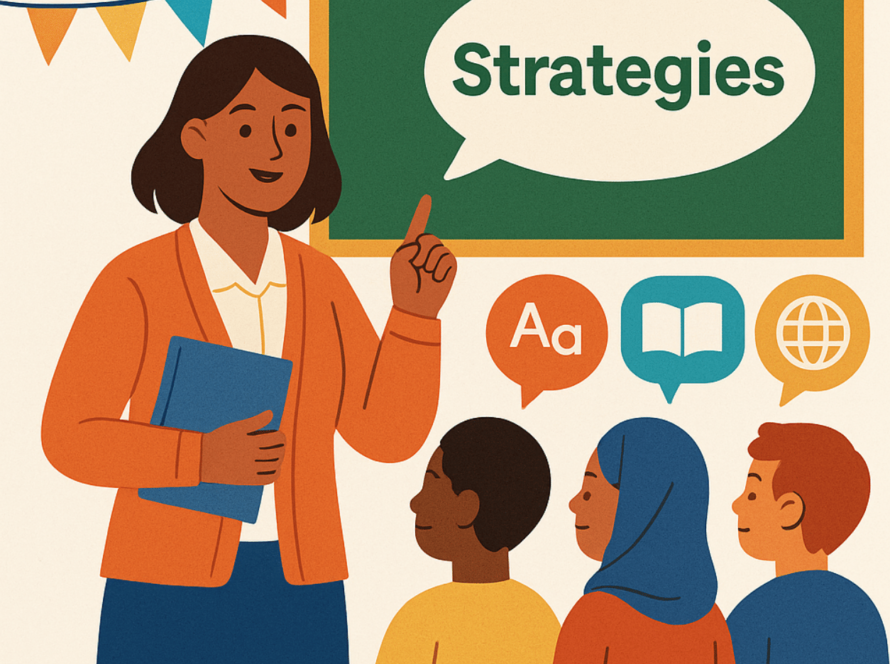Introduction: Culture is More Than a Celebration
Multilingual learners don’t just need language support—they need cultural affirmation. Culturally responsive schools recognize the value of every student’s background and use it as a strength.
But it’s not about adding a cultural heritage month or decorating the classroom with flags. It’s about embedding inclusion into the daily experiences of every student.

Start with Representation: What Students See Matters
Students need to see themselves reflected in the curriculum, staff, and materials around them.
Where to begin:
- Use books and media that represent diverse cultures and languages
- Display student work that highlights personal stories and heritage
- Recruit multilingual staff and celebrate their contributions

Honor Home Language as an Asset, Not a Barrier
Language is identity. Encouraging students to maintain and use their home languages builds self-worth and accelerates learning.
Ways to support:
- Use bilingual resources when possible
- Encourage families to read and talk at home in their native language
- Create opportunities for students to teach others words or phrases in their language
“Culturally responsive teaching is not a strategy—it’s what good teaching looks like every day, for every student.”
— Zaretta Hammond, author of Culturally Responsive Teaching and The Brain
Involve Families as Partners, Not Just Attendees
Culturally responsive schools go beyond sending newsletters home. They build authentic relationships with families and view them as co-educators.
Best practices:
- Offer translation services and multilingual events
- Hold listening sessions to hear family perspectives
- Empower parents through workshops and leadership roles

Provide Equity-Focused Professional Development
Cultural responsiveness must be modeled from the top down. That starts with PD that helps staff examine biases, understand cultural frameworks, and rethink discipline policies.

Conclusion: Inclusion is a Daily Practice
Creating a culturally responsive school isn’t a one-time initiative—it’s an ongoing journey that requires intention, humility, and consistent action. It’s not achieved through a checklist or a single celebration of culture, but through the daily choices educators, leaders, and communities make to honor the identities and experiences of every student.
When multilingual learners walk into a school that reflects who they are—where their language is valued, their culture is embraced, and their voices are heard—they show up with confidence, curiosity, and a readiness to learn. Inclusion creates belonging, and belonging drives achievement.
True cultural responsiveness means shifting the lens through which we view student potential. It means designing instruction, policies, and relationships that recognize diversity as an asset, not a challenge. It calls on educators to examine their practices, reframe their expectations, and lead with empathy.
The most transformative school cultures are built by educators who believe that every child deserves to be seen, respected, and uplifted—not just occasionally, but every single day.



